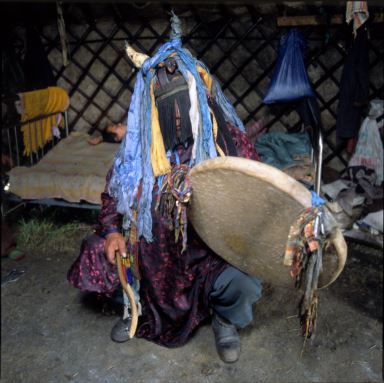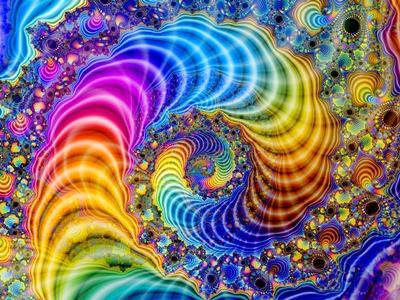In this post ‘Epic Games Raised $1 Billion to Fund Its Vision for Building the Metaverse’ I discovered that some companies are actively moving into creating that virtual second world of Ready Player One fame. Epic Games is one of the largest companies in the field of video games.

“In the context of Epic Games’ announcement, the metaverse will be not just a virtual world, but the virtual world—a digitized version of life where anyone can exist as an avatar or digital human and interact with others. It will be active even when people aren’t logged into it, and would link all previously-existing virtual worlds, like an internet for virtual reality.”
“The technology needed to build the metaverse is already available.” And many companies are heavily investing in virtual reality.
The article comes with a world of caution: like in the book and movie, we may be tempted to escape the real world into the Metaverse, and there will definitely be a challenge to find the right balance between virtual and real life.
Anyway, high quality virtual worlds are coming faster than we realize, and this will be a substantial disruption in our daily life.











